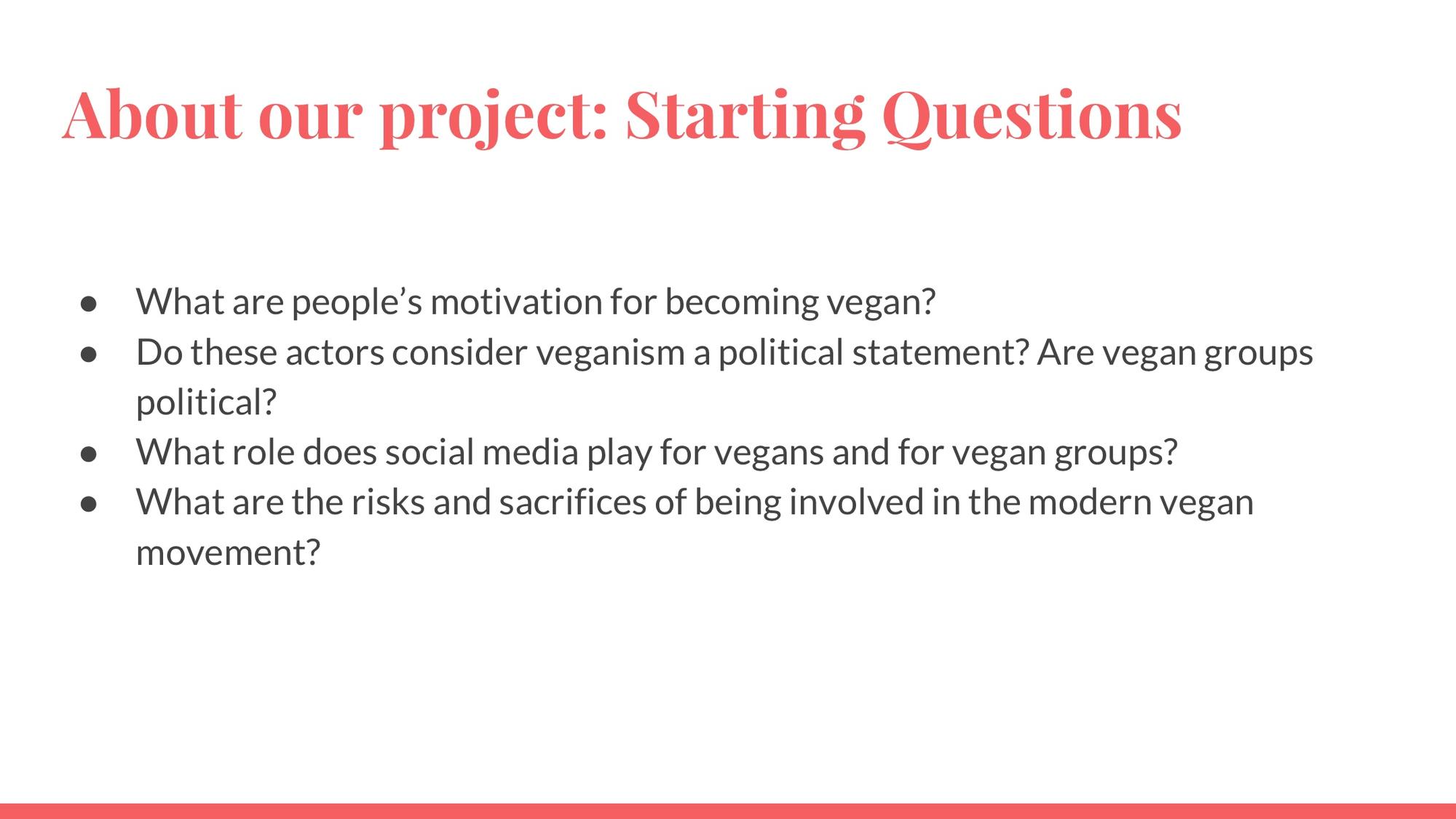
Vegetarian dishes can be quick and easy to prepare, and most of them can easily be made from basic pantry ingredients. To make spinach ravioli, you can quickly prepare lunch or dinner. A simple but delicious meal can be prepared in under 15 minutes. Oil-packed sun-dried tomatoes and briny Kalamata oil olives are great options for adding flavor. You can also use frozen artichokes. But make sure you drain them well and rinse them off. Also, you can combine chickpeas as well as eggs in a tomatoey cheese sauce. The cream can curdle if the cream is mixed with acidic tomato sauce.
Healthy vegetarian recipes
You've found the right place if you are looking for healthy vegetarian recipes. This selection includes everything from comforting soups and salads to veggie versions of traditional family fare like pizza and homemade burgers. Many of these dishes can also be prepared ahead of time and kept in the fridge. You'll be able to prepare a large variety of dishes and enjoy them anytime, even if you're not at home.
Burritos make great food and are full of flavor. It is filled with seasoned beans, vegetables, mashed Avocado, and a zesty Vegan sauce. This is a fast dinner option and provides more nutrients than calories. Grilled Apricots are an excellent option for vegetarian desserts.

Healthy vegetarian recipes are a great option for healthy eating. These recipes are packed with nutrients and perfect for people who don’t like eating meat. Many of these recipes can be modified for people on other diets as well.
High-fiber vegetarian meals
Healthy eating includes eating more fiber. While it can be difficult to find healthy recipes, there are plenty of high-fiber vegetarian meals that are filling and delicious. These foods can reduce tension and improve mood. These are 15 recipes that will help you increase fiber in the diet. Here are 15 delicious recipes you can try.
Vegetarian meals that are protein-rich can provide you at least 35g per 600-kcal dinner. These meals are rich in cheese, eggs (and other processed meats), and include nuts. Although protein is an essential part of vegetarian meals, it is important to maintain a healthy balance between your protein intake and how many calories you consume. Active people should consume 20-30% to 30% of their daily caloric intake. A healthy diet that includes enough protein is crucial for muscle building.
Fiber can help you feel fuller for longer periods of time. A daily intake of eight grams of fibre is ideal. To meet this recommendation, you should eat high-fiber vegetables and fruits.

Vegetarian meals that are diabet-friendly
Diabetes can be helped by a diet high in plant-based protein and healthy fats. A vegetarian diet is better for your heart as it contains less sugar and saturated fat. Vegetarian meals contain fiber and antioxidants, which help to regulate blood sugar levels. Many vegetarian meals can be prepared in 30 minutes or less.
A vegetarian diet can help diabetics lower their blood sugar levels and prevent them from developing type 2 diabetes. A dietitian will help diabetics choose the right amount of lean protein, healthy fats, and a balanced vegetarian meal plan. The diet plan will be based on factors such as your age, weight and lifestyle.
High fiber vegetables help prevent constipation. They also help control blood sugar levels and prevent the desire for snacking between meals. The protein in vegetables can also help reduce the craving for carbs.
FAQ
What are 5 ways to live a healthy lifestyle?
What are 5 ways to live a healthy lifestyle?
Healthy living means eating right, exercising regularly and getting enough sleep. It also involves managing stress and having fun. Healthy eating means avoiding sugary and processed foods. Exercise burns calories and strengthens the muscles. Get enough sleep to improve your memory and concentration. Management of stress can help reduce anxiety levels and depression. Fun is the key to keeping us healthy and happy.
Is it possible to have a weak immune system due to being cold?
Being cold gives you a weaker immune system because when you are cold, your body produces less white blood cells which fight infections. You will feel less pain if you are cold.
How to measure bodyfat?
A Body Fat Analyzer will give you the most accurate measurement of body fat. These devices measure the body fat percentage in people who wish to lose weight.
What does it take to make an antibiotic work?
Antibiotics can be used to kill bacteria. Antibiotics are used for treating bacterial infections. There are many different types of antibiotics. Some can either be administered orally, while others may be injected. Other antibiotics can also be applied topically.
Antibiotics are often prescribed to people who have been exposed to certain germs. For example, if someone has had chicken pox, he or she might take an oral antibiotic to prevent shingles later on. A penicillin injection might be given to prevent pneumonia in someone who has had strep.
Children should not be given antibiotics without the consent of a doctor. The possibility of side effects that can cause serious side effects in children is greater than for adults.
The most common side effect associated with antibiotics is diarrhea. Side effects of antibiotics include diarrhea, stomach cramps and nausea. Most of these symptoms disappear after the treatment is completed.
What can you do to boost your immune system?
The human body is made up of trillions and trillions cells. Each cell works together to create organs and tissues that fulfill specific functions. A cell that dies will be replaced by another. Chemical signals, called hormones, allow cells to communicate with each other. Hormones regulate all bodily processes, from growth and development to metabolism and immunity.
Hormones can be described as chemicals produced by glands in the body. They circulate through the bloodstream and act as messengers to regulate how our bodies function. Some hormones can be produced within the body while others can be made outside.
Hormone production occurs when a hormone producing gland releases its contents to the bloodstream. Once hormones are released, they move through the body to reach their target organ. In some cases, hormones remain active only for a short period of time. Some hormones remain active for longer periods of time and can continue to have an impact on the body's function long after they are gone.
Some hormones can be produced in large amounts. Some hormones are produced in large quantities.
Certain hormones can only be produced at specific times in life. The production of estrogen can occur during puberty and pregnancy, as well as menopause and old age. Estrogen is important for women to develop breasts and maintain bone density. It also helps prevent osteoporosis. It promotes hair growth as well as keeping skin soft and smooth.
Statistics
- WHO recommends consuming less than 5% of total energy intake for additional health benefits. (who.int)
- Extra virgin olive oil may benefit heart health, as people who consume it have a lower risk for dying from heart attacks and strokes according to some evidence (57Trusted Source (healthline.com)
- nutrients.[17]X Research sourceWhole grains to try include: 100% whole wheat pasta and bread, brown rice, whole grain oats, farro, millet, quinoa, and barley. (wikihow.com)
- According to the 2020 Dietary Guidelines for Americans, a balanced diet high in fruits and vegetables, lean protein, low-fat dairy and whole grains is needed for optimal energy. (mayoclinichealthsystem.org)
External Links
How To
What does the "vitamin") mean?
Vitamins are organic compounds naturally found in food. Vitamins help us absorb nutrients from foods we eat. Vitamins cannot be produced by the body. They must be obtained from food.
There are two types if vitamins: water soluble, and fat soluble. Water-soluble vitamins dissolve easily when they are dissolved in water. Some examples include vitamin C,B1 and B2 vitamins (thiamine), B2 and riboflavin, B3 and niacin, B6 vitamins (pyridoxine), B6 vitamins (niacin), folic acids, biotin, pantothenic acids, and Choline. The liver and fat soluble vitamins are stored in fatty tissue. Vitamin D, E, K and A are some examples.
Vitamins are classified based on their biological activity. There are eight main groups of vitamins.
-
A - Vital for healthy growth.
-
C - important for proper nerve function and energy production.
-
D - essential for healthy teeth and bones.
-
E is needed for good reproduction and vision.
-
K - required for healthy muscles and nerves.
-
P - essential for strong bones, teeth and tendons
-
Q - aids in digestion of iron and iron absorption
-
R - necessary for making red blood cells.
The recommended daily allowance (RDA) of vitamins varies depending on age, gender, and physical condition. RDA values are set by the U.S. Food and Drug Administration (FDA).
For adults aged 19 or older, the RDA of vitamin A is 400mg per day. However, pregnant women need 600 micrograms per day because it is important for fetal development. Children ages 1-8 require 900 micrograms per day. For infants younger than one year, 700 micrograms are required daily. However, this number drops to 500 micrograms each day for children aged 9-12 months.
Children aged between 1-18 years old who are obese require 800 micrograms per Day, while overweight children need 1000 micrograms every day. Children underweight or obese will require 1200 micrograms a day to meet their nutritional requirements.
Children 4-8 years old with anemia will need 2200 mg of vitamin D daily.
2000 micrograms per person is necessary for general health. Women who are pregnant or breastfeeding need 3000 micrograms per day due to increased nutrient requirements.
Adults over 70 need 1500 micrograms daily, since they lose around 10% of their muscle mass every decade.
Women who are pregnant, nursing or breastfeeding need more than the RDA. Pregnant mothers need 4000 micrograms per daily during pregnancy and 2500 after giving birth. Breastfeeding mothers need to consume 5000 micrograms each day when breastmilk has been produced.